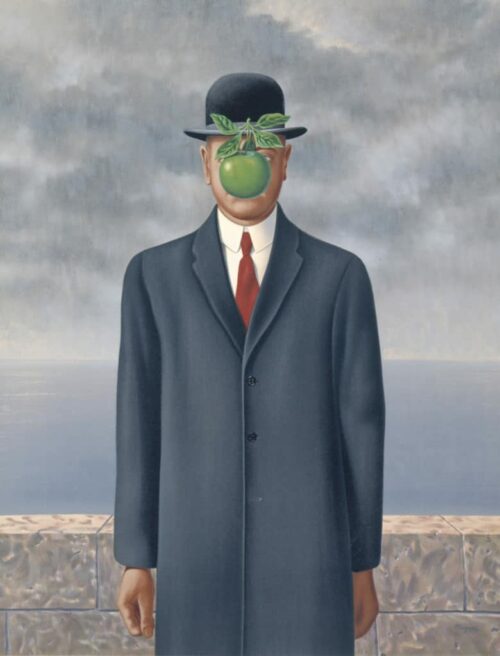The Strong, Silent Types Who Go on THE HUMAN JOURNEY®
THE HUMAN JOURNEY® seems like less of a lift at first for women than for men.
It’s a truism that, among our participants, the women of the family, typically the matriarchs, are the ones who get the process of gathering the family to take part in motion: in practice, they tend to be the Conductor’s partner in making it all happen.
So you would think that the women are the ones whom the process really serves.
But is THE HUMAN JOURNEY® really a “woman thing”? Or for people who like talking about feelings in general?
The Guinea Pig Who Wouldn’t Play
Back in the days when the concept for THJ was new, I began testing parts of the design with friends over dinner. Virtually everyone I knew was game to take part, except one good friend, whom I’ll call Ansel.
“You want me to do that feelings game?” he said (I thought somewhat accusingly). “Absolutely not.”
Naturally, I was intrigued. Asking Ansel why not would have been too direct.
So I asked what would be the conditions under which he might agree to take part. I thought about his mother in Philadelphia, who had recently started showing signs of mental changes. Ansel had been making more frequent trips back to check on her.
He hesitated.
So I let it be more specific, “What if your mother were seriously ill and wanted you and your brothers to do this with her? Would you agree then?”
In an instant, the answer was yes.
Matriarchs Rule. AND There are Surprises.
When THJ was ready to play-test with full families, I recruited in houses of worship.
The first volunteer was this birdlike powerhouse of a woman, a stalwart in the Catholic church, who gathered everyone in her family and invited me to Sunday dinner, too.
Seated at the table, it looked as though it was clearly the women’s job to talk to me, as a visitor.
In this southwestern suburb of Chicago, the oldest man of the family, close to 80, and his broad-shouldered stepson-in-law did most of the talking, to each other, through dinner, largely about matters of sports and engineering. This stepfather had fixed an elegant salmon, while his wife — the kind of mother you don’t refuse when she tells you this Sunday dinner a visitor is coming over and you had better do what she says — had prepared the wholesome side dishes, including a crunchy raw broccoli salad. All good brain food. The women made small talk with me.
They hadn’t needed to ask me to dinner in addition to having me over to test THE HUMAN JOURNEY® with them those years ago.
But they were a religious family and hospitality, I guessed, was part of how they did things. We would have dinner and then we would settle into the living room to dig in, to see how the structure of THJ would take a family of a second husband and wife close to 80, her three middle-yeared daughters, two single, one married, and their son-in-law, on a journey of discovery of the ingredients that had formed them prior to birth, the choices they had made in adulthood that had carved out their characters, and the will they had to scythe out a new path into a shared future.
Why were the four women slack-jawed by the time the evening was over?
Did it have anything to do with what the laconic octagenerian — perhaps not one for therapy, long intimate talks with his wife or stepdaughters, or extended out-loud reflections — was sharing?
How, when he was grieving his first wife, still having to go to work each day in the greeting-card shop he owned, he was able to heal by helping others select the right card and, at the register, to be a patient listener to the tales of love, relationship, and, occasionally, loss they wanted to share with him?
Or was it the how he was sharing it, seemingly without concern for the time he was taking, the personal discoveries he was making, or the rapt engagement of his family?
The structure of THJ, the ground rules of the experience, and the presence of an outside “Conductor” — a stranger to him — of the Journey opened out the way for him, I was guessing — and for his family. I suspected there would be further questions posed to him as he and his wife got ready for bed that night or as he and his stepdaughters cleared the table together the following Sunday evening.
That Sunday night was the beginning of a new way for the family to see him and each other, the start of new questions and fresh answers, and a different way of walking together on THE HUMAN JOURNEY®.
Related Posts
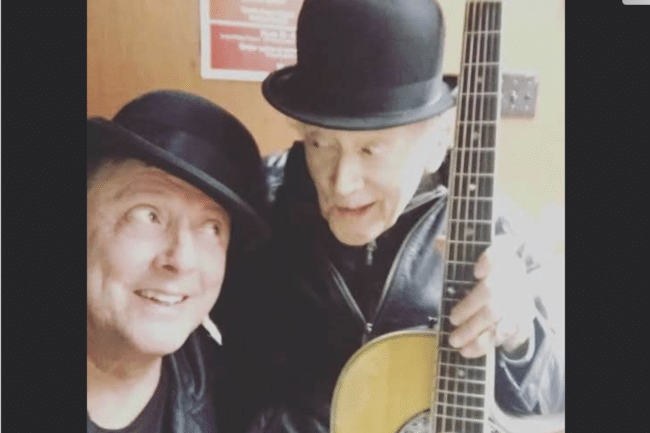
The Incredible Will to Sing
The will to make it to a loved one’s graduation or wedding, or to the birth of a new baby, somehow compels the body to obey the will. Stu Klitsner was going to sing at his only granddaughter’s wedding, come hell or high water.

The Chaplain’s Feet
Chaplains exercise their humanness with every patient or family member they meet. What are the parallels between the kind of presence chaplains bring in the spiritual realm and that of the dancer who sees her choreography and performance as a kind of chaplaincy?

Whacking a Gun
At the 2023 Parliament of the World’s Religions, blacksmiths from RAWTools demonstrated how they took guns that had been surrendered from a variety of sources and re-formed them into garden hand tools, making literal their mission and message of anti-violence. The organization takes literally the passage from the Book of Isaiah to “beat their swords into plowshares and their spears into pruning hooks.”
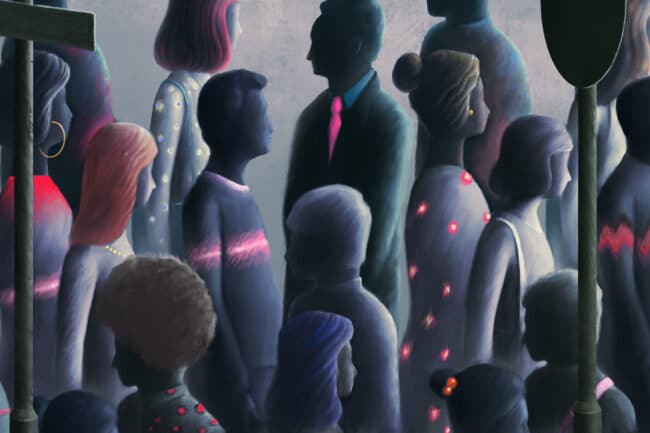
A Vaccine for Loneliness?
Public health has gotten bigger and bigger in recent decades. What was only thought of in the past as individual choices, like drug addiction, gun violence, or smoking crossed over to be thought of by many as social issues and, eventually, as matters of public health. With the Surgeon General’s report that came out in May, 2023, loneliness and isolation may assume their place alongside them as social epidemics.
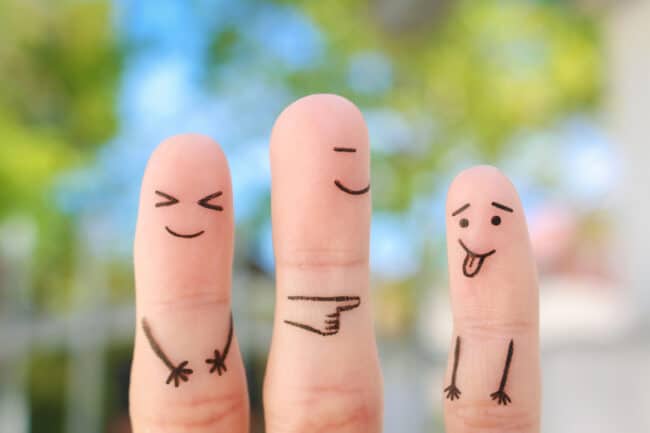
Grief on the Comedy Stage
Is it in supremely bad taste, or potentially healing in a social setting, to use death and dying as material on the American comedy stage? The post-pandemic fad of comedy shows that deal with what have been taboo topics is currently walking that line.
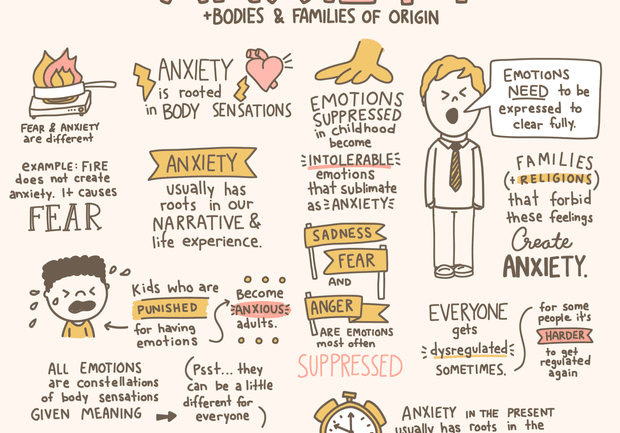
If You’re a Pro, You Gotta Have a Pro
Lindsay Braman’s example can open your mind about what sorts of both joy and utility you can create, simply by letting your own gifts out of the closet and using them in your work, in recognizing that, if a therapist/doodler can connect two passions, so can you.

